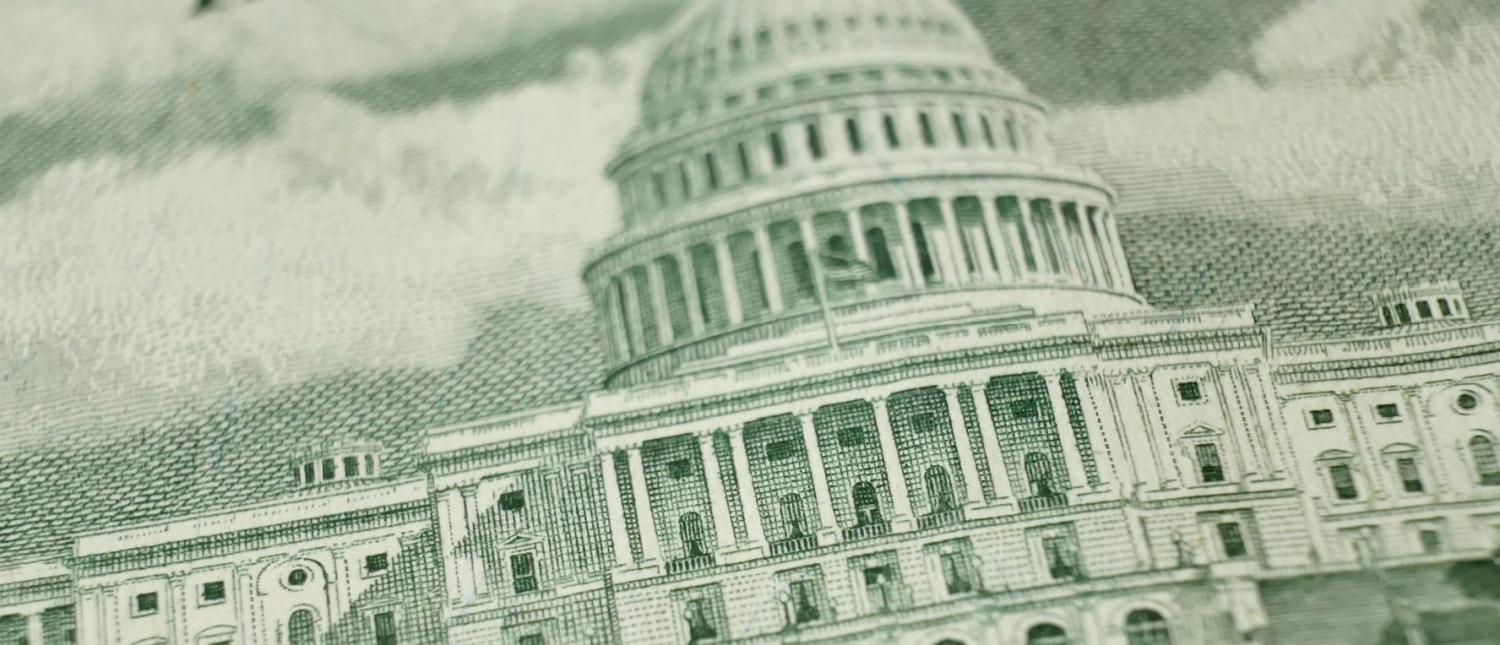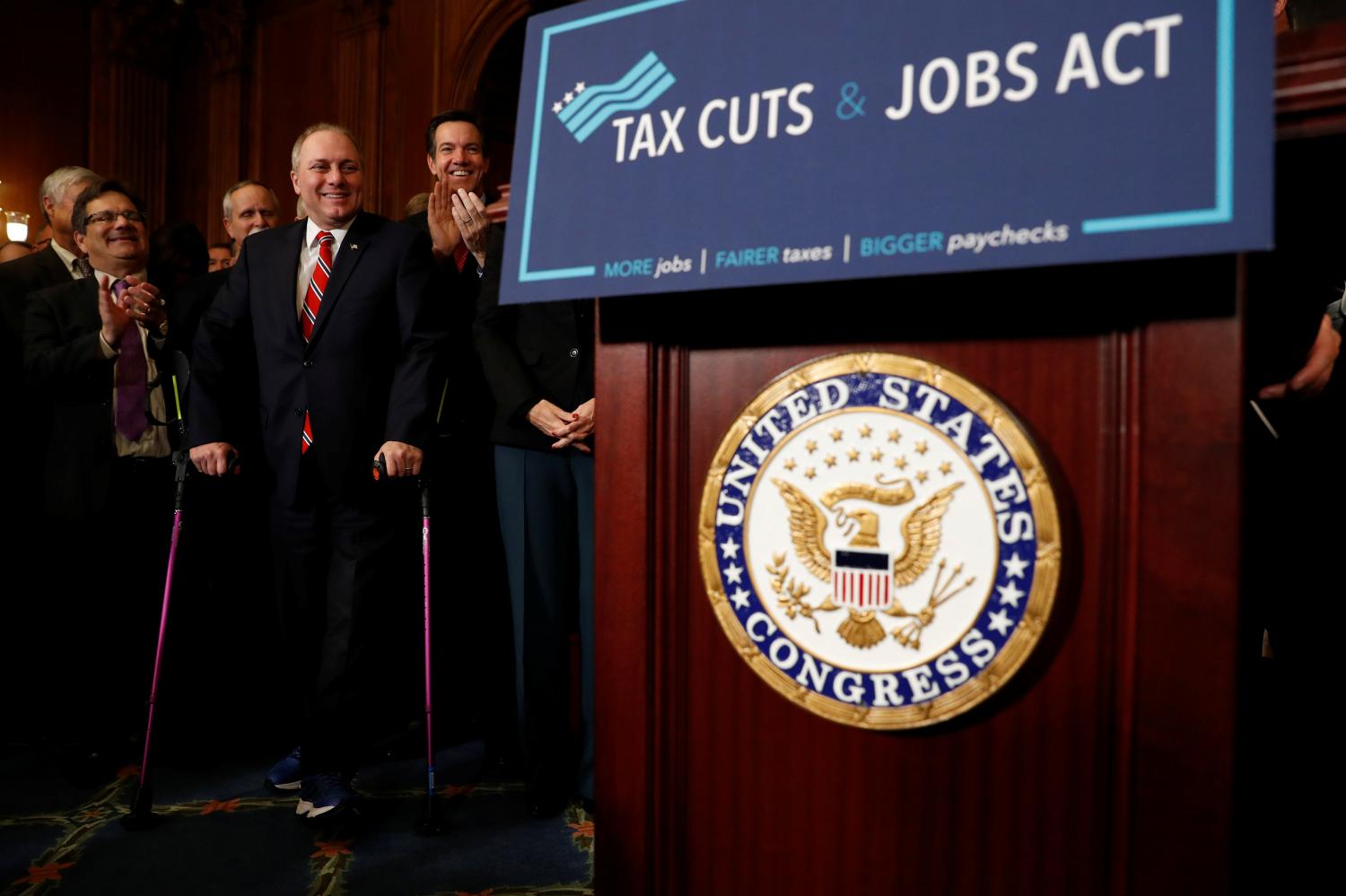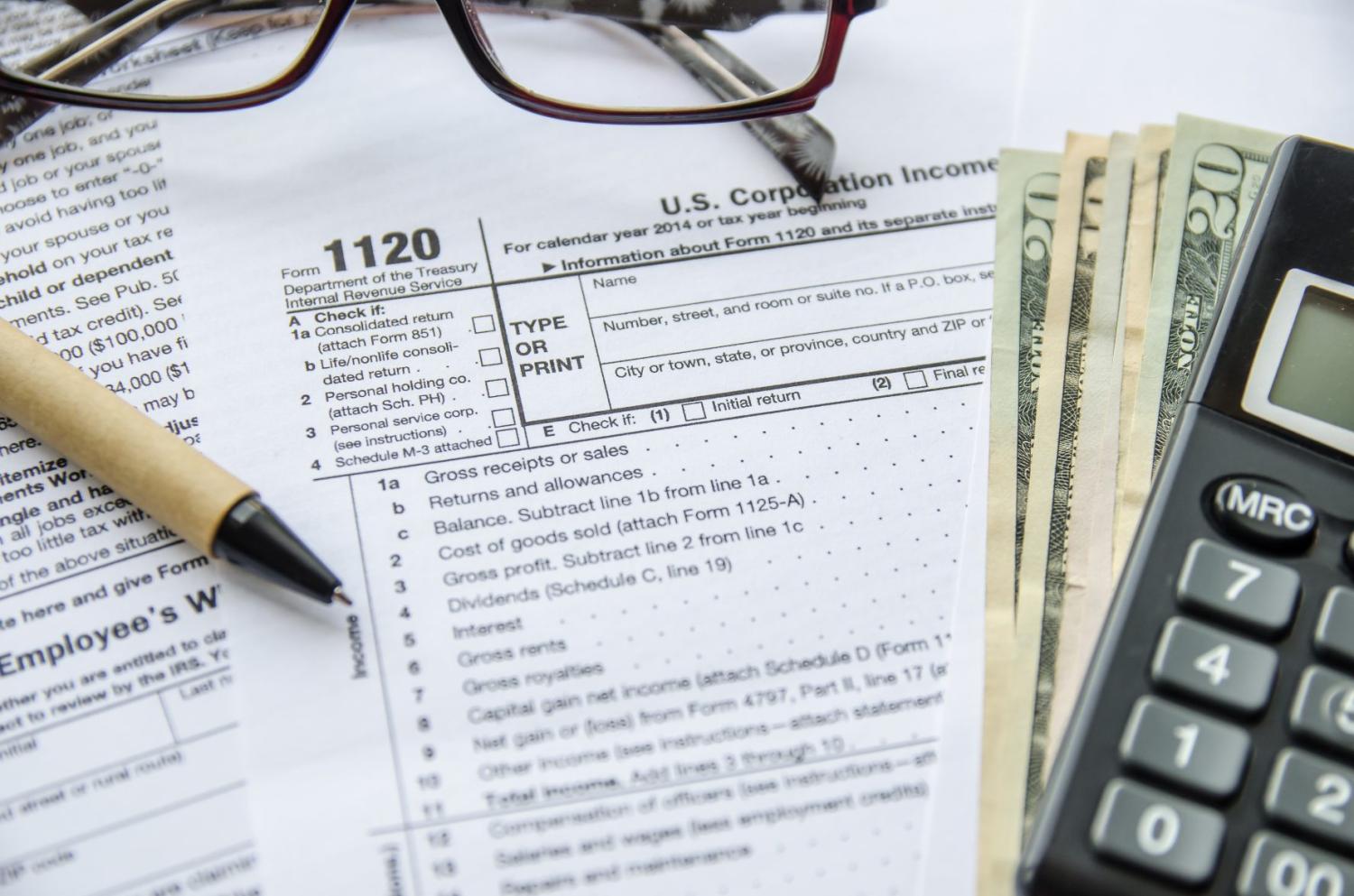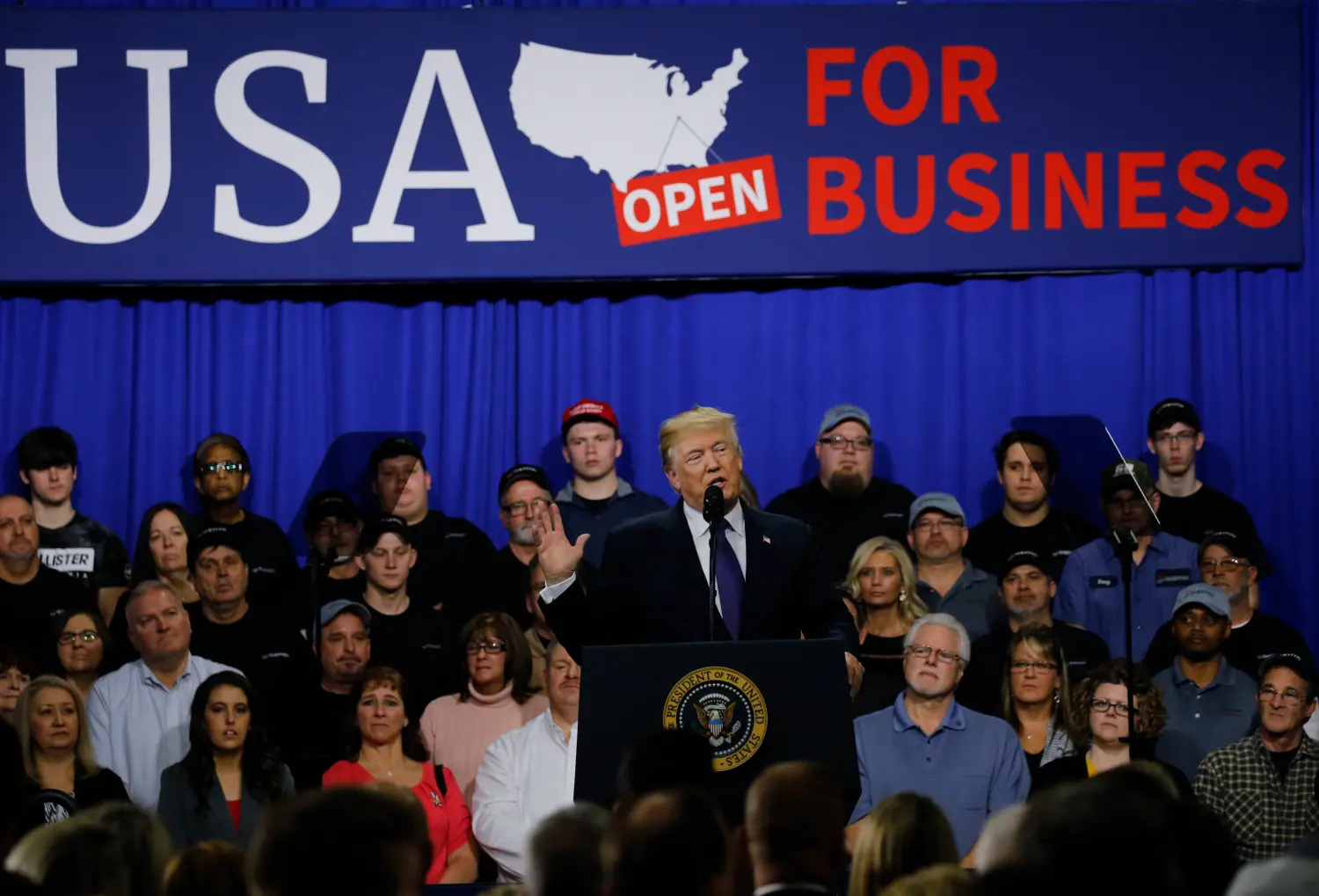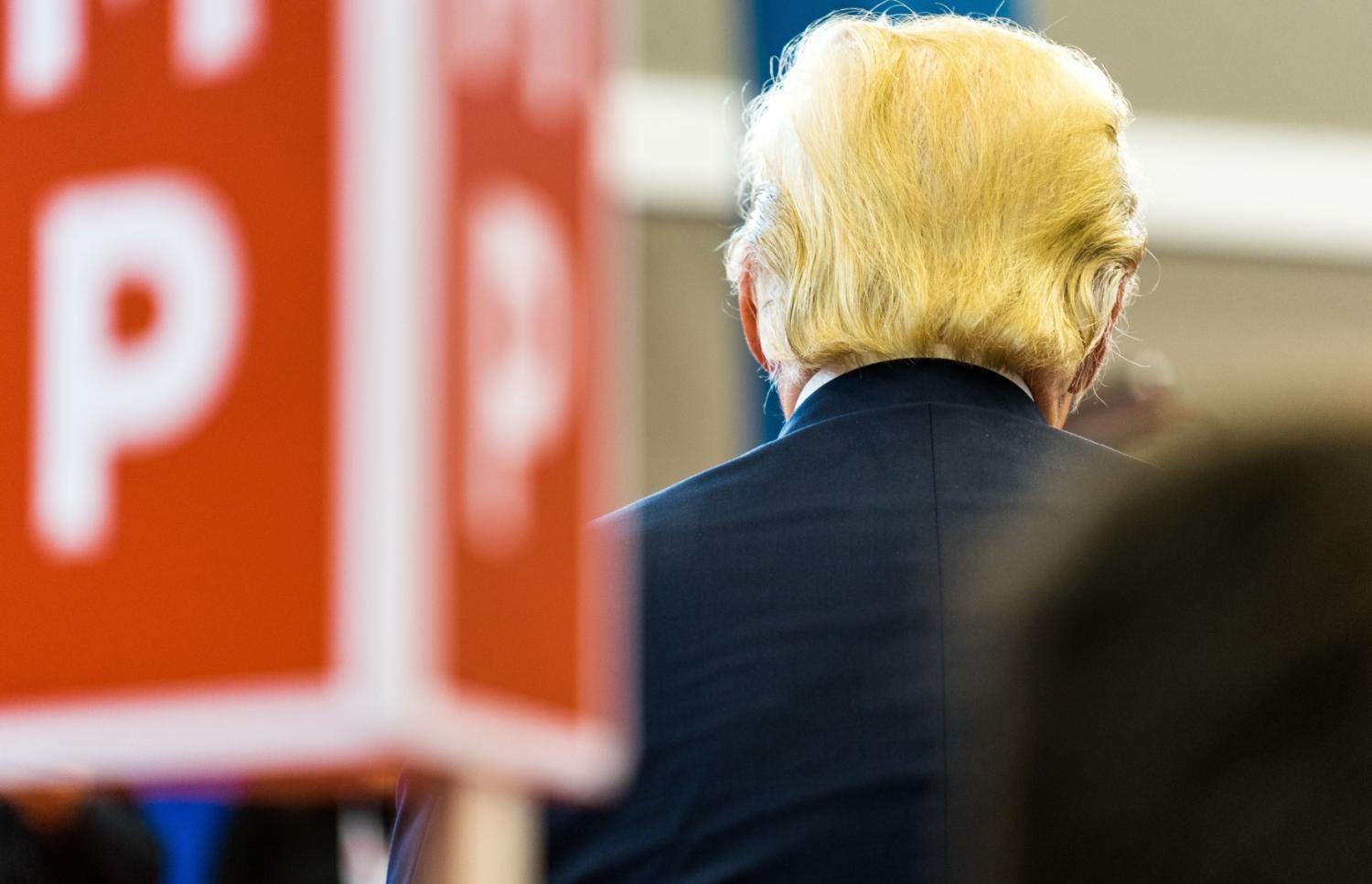In 2017, President Trump and Republicans in Congress passed a sweeping overhaul of the tax system, the Tax Cuts and Jobs Act (TCJA). In order to avoid the 60-vote threshold needed to overcome the Senate filibuster, Congress used a process known as budget reconciliation, which only requires 50 votes. The tradeoff, however, is that reconciliation bills must comply with the Byrd Rule, which prohibits bills from raising the deficit outside of a 10 year budget window. To comply with this rule, Republicans chose to allow almost all the changes to the individual income tax and the estate tax to expire at the end of 2025, setting the stage for another large tax bill this year with Trump once again in the White House and Republicans holding unified control of Congress.
On this page, explore recent events, research, and commentary on the impacts of the TCJA and how Congress might rework or extend it this year.
What will tax policy look like in the new Trump administration?
Tuesday, November 19, 2024 9:15 am – 11:00 am EST
Key Takeaways:
- With thin majorities in Congress, there will be a narrow political path for a tax bill, making it more difficult for Republicans to agree on the overall cost of the bill, not to mention the specific makeup of tax and spending cuts.
- Tariffs are limited in their ability to raise significant revenue and will be primarily paid by American consumers and businesses, potentially leading to higher prices.
- There is the potential for closing some corporate tax loopholes while maintaining key pro-growth policies like bonus depreciation and R&D credits
The Tax Cuts and Jobs Act of 2017: Lessons learned and the debate ahead
Thursday, September 12, 2024 10:00 am – 12:00 pm EDT
Key takeaways:
- The TJCA substantially reduced revenues—on the order of $1.9 trillion over 10 years—with no clear positive effect on GDP, wages, or investment.
- High-income households and large corporations benefited the most, while lower income households saw only modest tax cuts.
- There is mixed evidence that other programs, like Opportunity Zones, meaningfully boosted economic activity.
Sweeping Changes and an Uncertain Legacy: The Tax Cuts and Jobs Act of 2017
JOURNAL OF ECONOMIC PERSPECTIVES, SUMMER 2024
By William G. Gale, Jeffrey L. Hoopes, Kyle Pomerleau
The authors summarize the major provisions of the TCJA, trace its origins, and compare it to previous tax changes. They also examine the effects on the government budget, economic activity, and distribution of resources. Based on evidence through 2019, they find that the TCJA clearly raised federal debt and increased after-tax incomes, disproportionately increasing incomes for the most affluent. Its effects on GDP and median wages seem modest at best, although clear counterfactuals are difficult to identify. The impact on investment is less certain, and research is only recently emerging that addresses this question. Empirical analysis of longer-term effects may prove difficult due to the disruptions created by the COVID-19 pandemic starting in 2020.
“After-tax income rose by … $60 for those in the bottom quintile, $930 for the middle quintile, and $51,140 for the top 1%.”
The Tax Cuts and Jobs Act: Searching for Supply-Side Effects
THE NATIONAL TAX JOURNAL, DECEMBER 2021
By William G. Gale and Claire Haldeman
The TCJA instituted the most substantial changes in taxation in decades and was designed to boost the economy via supply-side incentives. This paper reviews these changes and examines the impacts on economic aggregates through 2019. They find that the act clearly reduced revenue. The effect on gross domestic product is difficult to tease out of the data. Investment growth rose after the TCJA was enacted, but it was driven by trends in aggregate demand, oil prices, and intellectual capital that were unrelated to the TCJA’s supply-side incentives. Growth in business formation, employment, and median wages slowed after the TCJA was enacted. International profit shifting fell only slightly, and the boost in repatriated profits primarily led to increased share repurchases rather than new investment.
Taxing Business: The Tax Cuts and Jobs Act and What Comes Next
TAX NOTES, JUNE 28, 2021
By William G. Gale and Claire Haldeman
The authors review the major business tax changes in the TCJA, with two major findings. First, some TCJA provisions promoted efficiency by reducing and compressing the range of marginal effective tax rates on new investments across asset types, financing methods, and organizational forms. Second, many aspects of the Act’s passthrough, corporate, and international tax provisions were designed poorly. The authors propose reforms that repeal and reform various business tax provisions of TCJA and would raise revenues while making business taxation more efficient, more equitable, and more resistant to profit shifting.
A preliminary assessment of the Tax Cuts and Jobs Act of 2017
NATIONAL TAX JOURNAL, DECEMBER 2018
By William G. Gale, Hilary Gelfond, Aaron Krupkin, Mark J. Mazur, and Eric Toder
The Tax Cuts and Jobs Act of 2017 was the largest tax overhaul since 1986. This analysis, published soon after the law was passed, suggests that the act will do the following: stimulate the economy in the near term but have small impacts on long-term growth; reduce federal revenues; make the distribution of after-tax income less equal; simplify taxes in some ways but create new complexity and compliance issues in others; and reduce health insurance coverage and charitable contributions. The authors founds that the ultimate effects would depend on how other countries, the Federal Reserve Board, and future Congresses respond.
Trump wants to extend the 2017 tax cuts. Here’s how that would affect regular Americans
William G. Gale in the Los Angeles Times
February 6, 2022
Key Takeaways:
- Republicans have proposed simultaneously cutting taxes for the rich and benefits—such as Medicare and SNAP—for the poor.
- Based on new estimates from the Urban-Brookings Tax Policy Center Microsimulation, an extension of the tax cuts financed by reducing federal assistance equally across households would leave 99% of households in the bottom two quartiles worse off.
- Renewing the 2017 tax cuts and financing them with spending cuts is the right policy only if the “problem” is that the poor are not poor enough and the rich are not rich enough.
Cut taxes or save Social Security? The $5 trillion question
William G. Gale and Samuel I. Thorpe
January 31, 2025
“Revenues that would otherwise go to making the provisions of TCJA permanent could be used instead to make Social Security solvent for at least the next 75 years.”
A bigger, easier target for DOGE: Tax expenditures
William G. Gale
January 22, 2025
Key Takeaways:
-
Tax expenditures cost the government over roughly $1.5 trillion each year.
-
If DOGE focuses its energy on eliminating the most distortionary subsidies, it could simultaneously reduce the deficit and increase the progressivity and fairness of the tax code.
How much did TCJA raise investment?
William G. Gale
January 13, 2025
Key takeaways:
- Investment in equipment and structures as a share of GDP increased only slightly, while investment in intellectual property followed pre-existing trends.
- The Congressional Budget Office projected investment growth similar to what actually occurred, suggesting TCJA had little additional impact.
- Cross-country comparisons show U.S. investment growth was not exceptional after TCJA.
- The policy may have reshuffled investment rather than increasing it overall, benefiting large C corporations at the expense of smaller, non-corporate firms.
Framing the upcoming tax debate: 5 issues, 4 paths
Ian Berlin and William G. Gale
November 25, 2024
Key takeaways:
- This year’s tax negotiations could follow four distinct paths:
- Go big: Republicans pass all tax cut proposals on a permanent basis, costing around $10 trillion over ten years.
- Big but temporary: Republicans make all of their tax cuts temporary, employing a budget gimmick to keep headline costs low.
- Small but permanent: Republicans focus on a narrower set of tax cuts that they can extend on a permanent basis—but they would still need some pay fors to comply with budget rules.
- Two bills: Republicans use reconciliation to pass one tax bill with policies lacking Democratic support, and then pass a second bill through regular order that contains popular policies like the Child Tax Credit.
4 things to watch for in the corporate tax debates
William G. Gale and Kyle Pomerleau
November 21, 2024
Key Takeaways:
- Budget Process: Budget rules will constrain both the size and structure of any corporate tax cuts.
- The Tax Base: Lawmakers may extend full expensing for equipment and reverse R&D amortization but could further restrict interest deductions.
- The Tax Rate: Trump’s proposed 15% corporate tax rate will cost an estimated $600 billion, while a rate reduction for domestic manufacturing would cost $350 billion and be susceptible to loopholes.
- Foreign Income Provisions: Republicans may delay TCJA’s scheduled tax hikes on multinationals and oppose the OECD global minimum tax, risking trade tensions.
What will happen to the Trump tax cuts in 2025, and how will they affect the national debt?
William G. Gale
May 8, 2024
Key Takeaways:
- Bill Gale previews the expiration of TCJA provisions and their potential extension under a Trump presidency.
- Extending the TCJA will be expensive and substantially worsen the fiscal outlook, pushing debt to over 200% of GDP by 2054.
